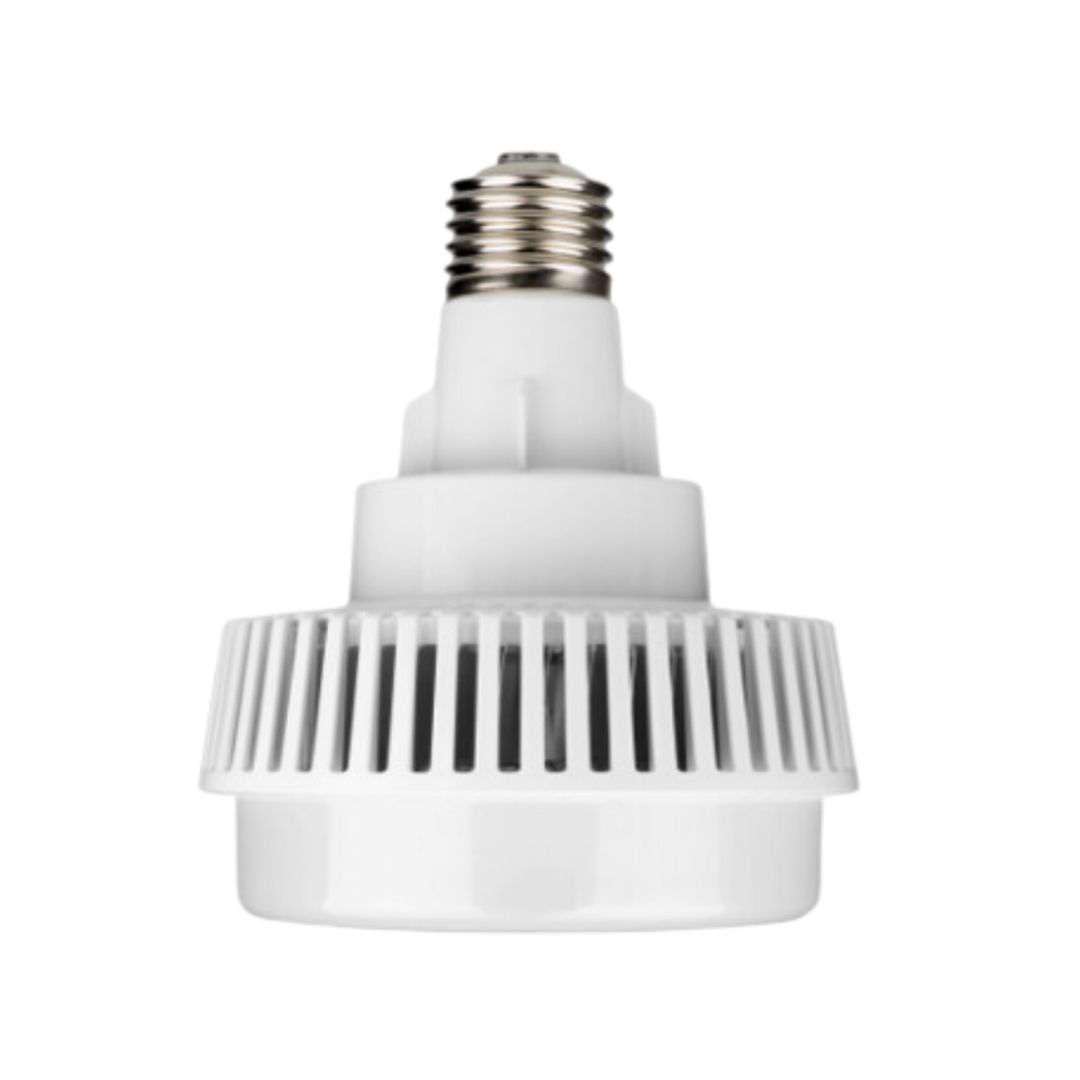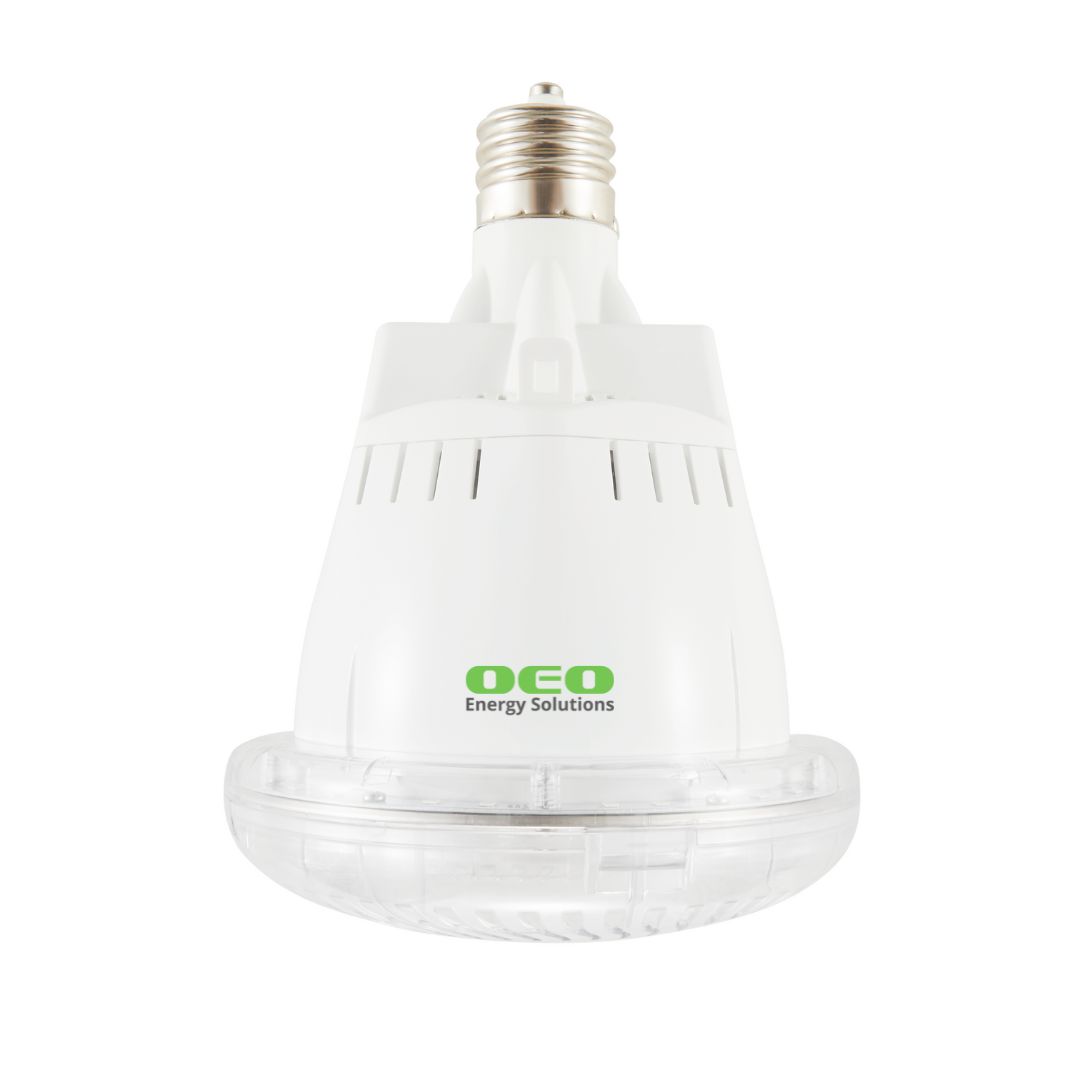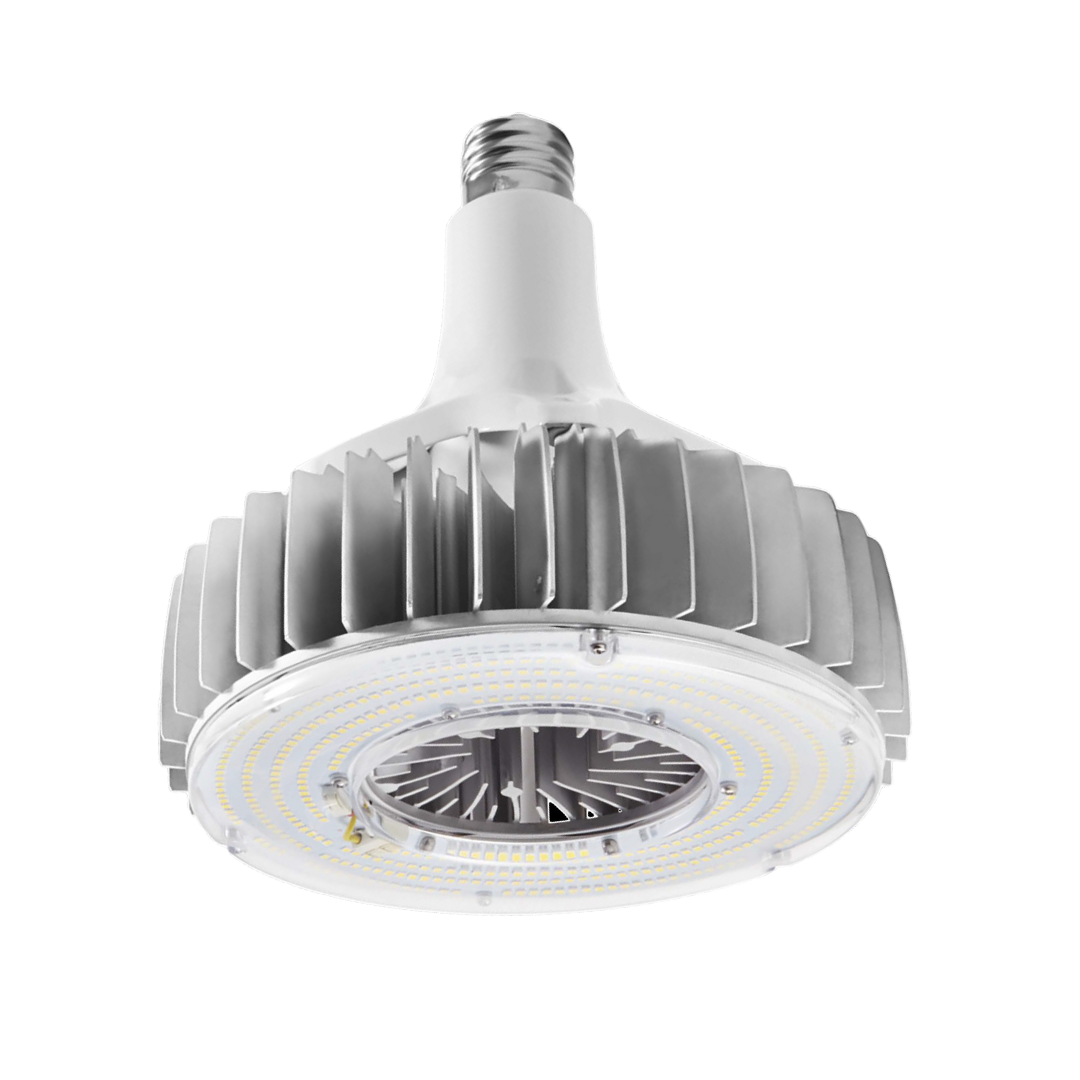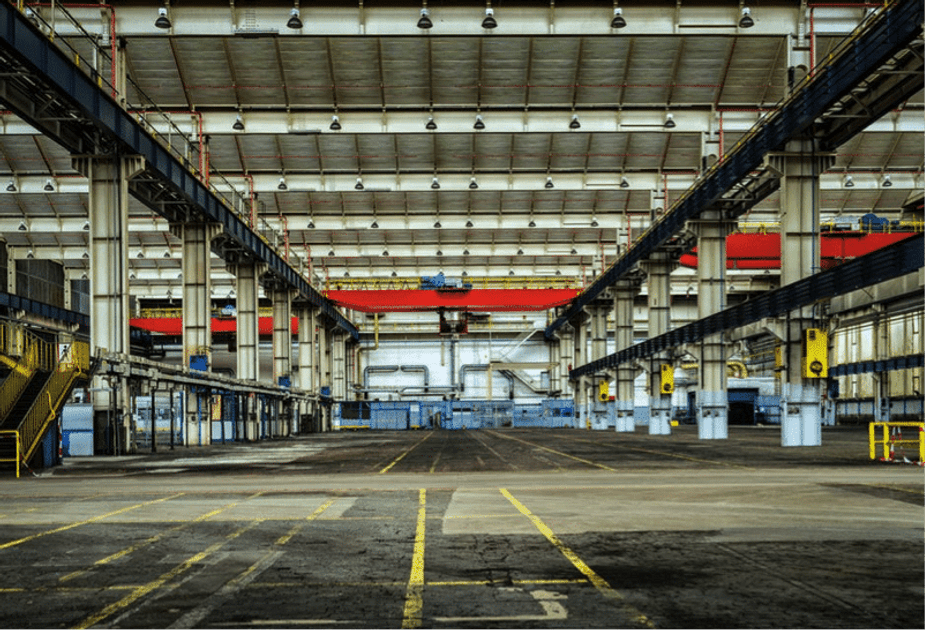What is a Retrofit LED Light?
By oeo2018 • May 08, 2018
ED light bulbs are more energy efficient, are more cost effective and provide for a more customizable lighting system than competitor bulbs such as compact florescent lights (CFLs), metal halides or halogen bulbs. Yet still some are reluctant to make the change, despite the numerous overall benefits they provide.
One of the most understandable causes for concern is the worry over changing over to new fixtures. Investing in new bulbs is one thing, but having to replace and rewire is another. This is why retrofitting is something many business owners should get to grips with. It could just save them money.



What Does Retrofit Mean?
Retrofitting is the process of adding new technology to existing technology in order to make the two systems function appropriately. In terms of LED lighting, this means converting lighting fixtures which could only support older bulbs such as CFLs or metal halides.
Practically, what it means is that you don't have to strip out entire warehouse sized spaces just so that you can enjoy the benefits of LED. For industrial spaces such as steel mills, food processing plants or anything which uses large machinery in an even larger space, this can be quite an undertaking. Retrofitting allows you to adapt to the new lighting without having to completely replace all the fixtures.
Why Would You Choose to Retrofit for LED Lights?
Much of the technology for non-LED lighting is relatively ancient. However, many of the industrial spaces are still appropriate for use, especially when well built. This means not letting these spaces go to waste and not having to spend more on redevelopment costs.
There are some specific ways that retrofitting for LED lighting is going to help you:
- Reduction in maintenance costs: with the greater energy efficiency, the lack of lumen depreciation and the longer lives of LED light fixtures, retrofitting for LED allows you to cut overheads in one fell swoop.
- Improved safety: if your fixtures need to be retrofitted, then it is likely because they use outdated technology. Outdated technology provides a greater safety risk due to wear and tear and the poorer quality standards of the past. Not only this, but the longer lasting LEDs mean that individual bulbs will not need to be replaced as often, improving safety for workers who have to change them in such high ceilinge spaces.
- Energy efficiency: being energy efficient not only saves on your bills, but it improves your industry in a larger way. It reduces emissions and helps you to meet efficiency stipulations, some of which are bolstered by incentive grants.
- Better light: LED lighting is cheaper, longer lasting, healthier for the worker and is incredibly adaptable. The light itself is stronger and can help illuminate spaces which have heretofore never been reached by more conventional light bulbs.
- More options: retrofitting means you can use dimmer switches, put your lighting system on a computer controlled program and allows you to use a vast array of bulbs.
Are There Any Other Options?
Perhaps you are still unsure if retrofitting is for you. This is why you should take a look into some of our direct replacement bulbs which means you can still use older fixtures with adaptable bulbs.
